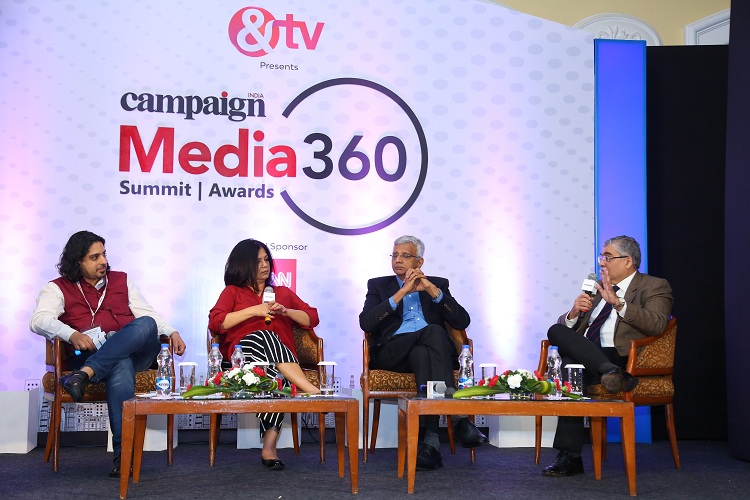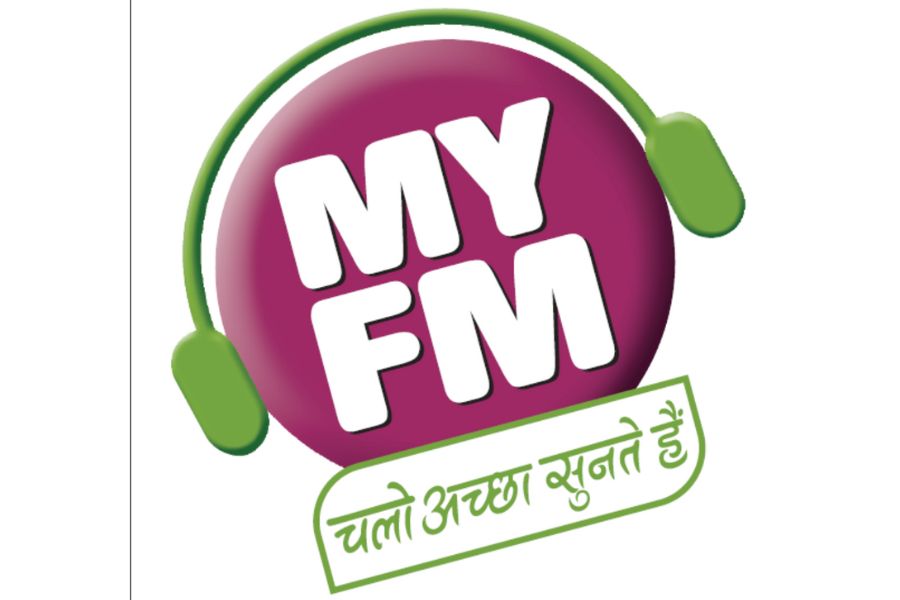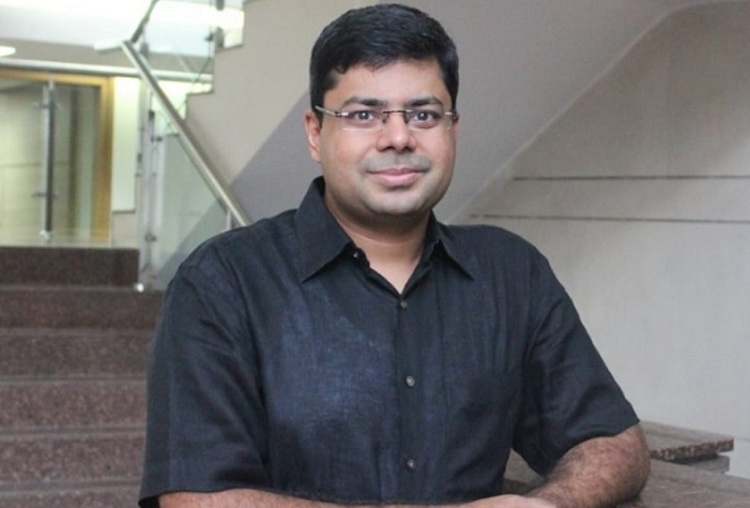Setting the tone for an enthralling session on the Indian print industry, Ashish Bhasin, CEO, greater South and chairman and CEO, Dentsu Aegis Network, accused Mumbaikars and Delhiites of not understanding the power of regional print.
The panel which also consisted of Kaacon Sethi, chief corporate marketing officer, Dainik Bhaskar Group, Rameet Arora, COO and head of digital brands, HT Digital Streams and Ambi Parameswaran, independent director, The Hindu Group, then shared a light moment about how politicians are looking to enter the newspaper publishing space and vice versa.
Parameswaran said, “Owned, earned and paid media has become a concept now. The father of the nation (Mahatma Gandhi) is the father of owned media. It’s good that the politicians are following at least one his principles in modern times.”
Sethi followed it by stating how the newspapers were the medium through which Indians inspired each other during the run to freedom.
The panel then discussed about the future of print and how it can compete with the internet in the news aspect.
Sethi said, “Print has not been in the field of breaking news for a long time now. Everything a newspaper does now should be done with the reader in the centre. Today, the reader is evolving and therefore there should be different mediums to reach out to them too. I’m very fond of the concept of Bharat. It captures a socio-economic culture very different from us assembled in this room. This Bharatvasi deals in his own language and is very comfortable in that. “
Parameswaran added, “We are underestimating the power of print. Indian language newspapers cost more than English language newspapers. In rural India, there’s pride in reading a newspaper. Indian language print publishers are upgrading to digital and also upgrading their print product. That’s why we’ll see both growing for the next 10 years atleast.”
The next topic of discussion was about why Indian language newspapers don’t command the same ad rates as English language papers even though they’re growing at a faster rate.
Sethi was of the opinion that advertisers are now seeing this and are willing to pay higher rates. “We fought and lived with regional print not getting ad rates of English newspapers. The markets beyond the metros were getting big too, but the problem we saw was myopia. Now, we’re seeing them understand the power of print in these areas. And more importantly, we are also seeing that newspapers can do a lot more for brands like sampling, door knocks, events etc,” said Sethi.
Parameswaran then spoke about the IRS and how it was created by the print industry years ago. But somewhere down the line in the last 15 years we lost the plot.
Bhasin who is the chairman of the MRUC (Media Research Users Council), the body that oversees the IRS, stated that the IRS was released last year and was received well. He also informed that the next one should be released in the next two months.
HT’s Arora had this to say on the issue of the growth of regional newspapers. “A few years ago, Hindi print was suffering. Publishers corrected that by refreshing their offerings with better quality paper adding more colour pages and so on.
However, he also reflected on the conundrum of the regional media, while comparing it to television ad rates. Advertisers pay exorbitant rates to be on Hindi GECs, while ad rates on English GECs are squeezed. But in the newspaper space and on the Internet, it's exactly the opposite.
The session ended with Bhasin asking each of the panelists to state what print can do to continue to grow.
Parameswaran said, “Regional print has to stay in touch with their readers. They need to also ride two horses – digital and print.”
Sethi said, “The need to focus on hyper localisation and put the consumer in the centre. Print plus digital is a bomb of a combination.”
Arora surmised, “Print publishers need to stop competing with the internet. Print and the internet can co-exist.”




